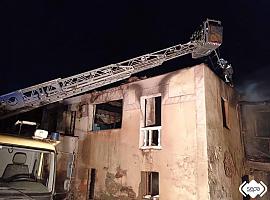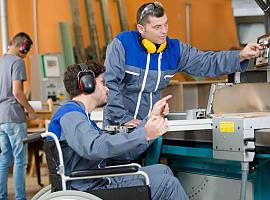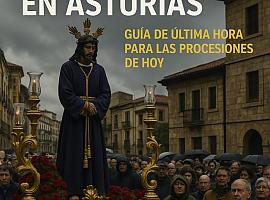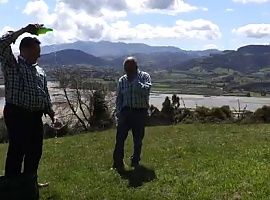El Memorial de la Shoa en Paris es el centro de investigación e información más grande en Europa sobre la Segunda Guerra Mundial y el genocidio del pueblo judío. Tan sólo en 2011, 40,000 alumnos participaron en los talleres que se llevan a cabo ahí, de los cuales 2,240 tenían entre 9 y 12 años de edad.
UNESCOPRESS.-Visitas organizadas de escuelas públicas y privadas seculares de la región parisina representaron el 80% de éste grupo de edad. Previo a un simposio de la UNESCO sobre las dificultades de enseñar el holocausto al nivel de la escuela primaria, Adeline Salmon, coordinadora de los talleres educativos del Memorial de la Shoa, explica como la institución ayuda a las y los jóvenes visitantes a abordar este tema tan complicado.
How can you teach the Holocaust to young children without upsetting them?
We don’t equate the Shoah with death. We speak rather of disappearance or extinction and describe the attempt to eliminate a whole group of people, along with their culture and beliefs. The central issue is exclusion - the exclusion of a whole part of society. We don’t show violent images, or images of the camps. We have a special remote control that turns off the screens in each room when children are passing through.
Do the parents worry about exposing the children to the Holocaust?
The teachers generally prepare the visits and tell the parents what to expect. Many mothers and fathers in fact accompany the groups. If some parents have strong reservations, the teacher gives them my phone number and I try to reassure them.
Where do you begin?
We start with the end, so to speak, and then go back to how it all started. Most schools prepare the visit beforehand. In general pupils already know the main fact about the Holocaust – that millions perished because they were Jewish.
The children first visit the Wall of Names where 76,000 names are engraved in stone, including those of 11,000 children. They see from the first names that both men and women were among those deported, and from the dates of birth that every age group was represented: grandparents, parents and children their own age.
What reactions do the children have?
“It’s not fair!” is the overwhelming reaction. The children also ask: “Why did Hitler hate the Jews?” and “Why didn’t other people do something?” and “Why didn’t the Jews resist?”.
The workshops are designed to show that in fact, a great many ordinary people did “do something” and also that there was indeed a Jewish resistance.
What themes do the workshops address?
“Strange Strangers” (or “Strange Foreigners”) is all about difference and diversity. A storyteller reads two or three folk tales, for example one from an African country and another from the Inuit at the North Pole. The children illustrate an episode or a character with a drawing. They then discuss the differences and, in particular, the similarities among the stories and their characters, which helps them understand how the same needs are found in all cultures: the need for sleep, for food, the desire to belong, etc. At that point we make a link with the museum and they realize that in the case of the Jews before and during the Second World War, a lot of people did not tolerate difference. This workshop works particularly well with multicultural classes.
Do you use true stories?
Yes. These have a strong impact. The workshop called “The children with two names” addresses true stories about the so-called “hidden” Jewish children and the people who risked their lives to shelter them during the war. The young pupils identify strongly with the hidden children, how they had to say goodbye to their parents and take on a new identity if they wanted to survive. It stresses positivity and the everyday heroism of the ordinary French people who sheltered these children.
A film-based workshop approaches the same subject through excerpts from films such as Louis Malle’s Au revoir, les enfants which is based on a true story.
Another workshop, which is about resistance, focuses on the story of Frida Wattenberg, a teenage resistant who rescued many Jewish children and helped Jews escape from France over the border to Switzerland or Spain.
What teaching methods do you use?
We encourage the children to express themselves through words but also through drawings or storyboards. This helps the shy ones, who speak less, to convey their feelings and contribute to the reflection, as others can also comment on their work.
It is important that all of the children have the opportunity to react in their own way.
What resources are available for teachers?
There is a pedagogical section on our website which helps teachers to prepare the visit. We also have a special interactive part of our website, called “Sarah’s Attic”, in French and English. It presents the Jewish culture in Europe that the Nazis tried to eliminate - Jewish music, Jewish culture, the Yiddish language- all adapted to children. My colleague Barbara Mellul, who created this website, also organizes teacher training sessions and seminars. Many teachers return year after year.
Interview by Jean O’Sullivan




















